California lemon law states that whenever a manufacturer or dealer fails to repair a significant warranty defect after a ‘’reasonable number of attempts,” the manufacturer must either:
With that in mind, lemon buyback is one of the possible outcomes of a lemon law claim after buying a vehicle with significant defects that impacts its value, use, and safety.
California lemon buyback laws apply to new and used vehicles with the manufacturer’s new warranty.
Lemon law buyback is one of the most desirable outcomes of a lemon law claim. The manufacturer acquires the defective vehicle deemed a lemon, giving you a full reimbursement.
Below is an overview of how reimbursement is made.
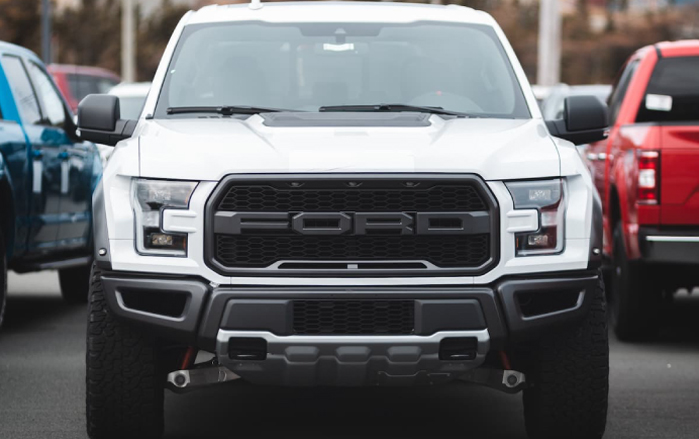
When a manufacturer buys back a vehicle you had acquired, it must refund the following costs:
When buying back a leased vehicle, the manufacturer must refund:
Lemon law buyback laws protect buyers who buy vehicles with persistent
defects. However, the following flaws are not covered by California lemon law buyback laws:
Call 833-536-5297 or fill out our simple online form to set up a consultation with the Lemon Law Lady in California
Fortunately, the following guide has valuable information on the models to avoid. Here’s a list of the most problematic Ford models:
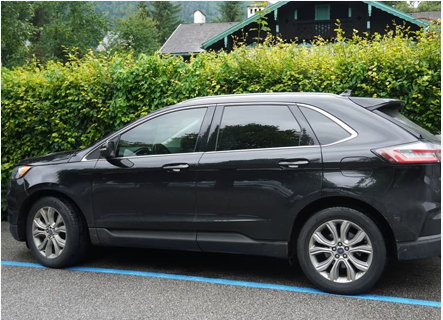
Although a 2012 Ford Edge is reasonably priced, it has a low-reliability rating making it a poor buy. Some common problems with the 2012 Ford Edge include engine defects, faulty drive systems, transmission issues, and fuel systems.
Here are the two top 2012 Ford Edge problems:
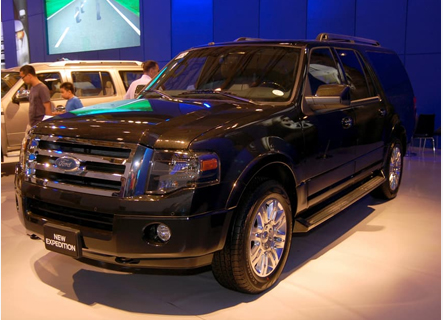
You will find the 2016 Ford Expedition on the list of shame in consumer reports. Surprisingly, the 2016 Ford Expedition offers much more than your average SUV – it is miles ahead in size, comfort, and style. Nonetheless, its poor reliability score makes it a problematic model to avoid.
Some of the common defects in the 2016 Ford Expedition include the following:
Other problems with the 2016 Ford Expedition include service brakes, propulsion, and climate system issues.
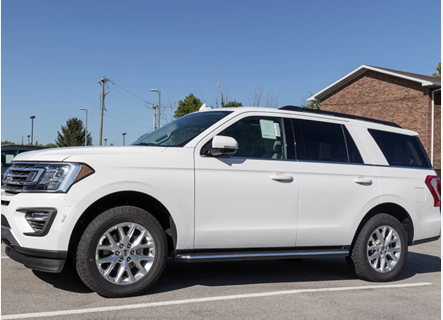
The 2020 Ford Explorer is famous for its impressive exterior looks, power, decent gas mileage, and a lot of
cargo space. However, it’s a massive disappointment to consumers due to the many recalls and registered complaints.
Here are some of its prevalent defects:
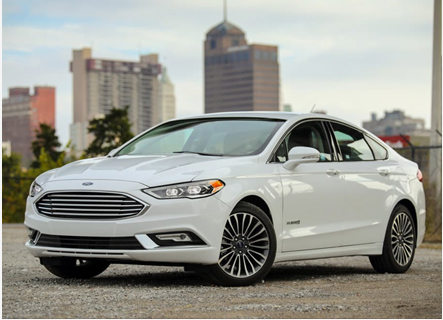
According to NHTSA, the 2014 Ford Fusion has over 1000 complaints and 19 recalls making it a problematic ride.
Here are the common defects associated with the vehicle:
2014 Ford Fusion’s complaints also touch on electronic stability control, seat belts, and defective airbags.
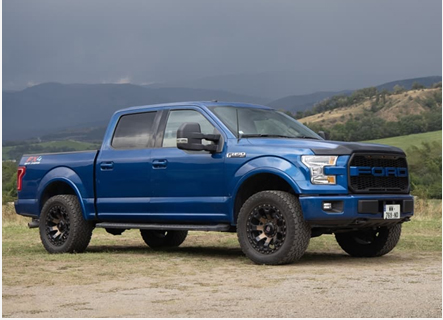
Although Ford F-150 is an excellent truck for your business needs, it has numerous structural defects. Many consumers have expressed dissatisfaction with its latches, locks, and linkages.
Some consumers have endured door locks that do not work. For instance, the tailgate is likely to open, allowing the cargo to fall from the truck bed, creating a road hazard.
On the other hand, some consumers encountered a latch that freezes during cold temperatures making it difficult to close the door.
Other common problems with the 2018 Ford F-150 Supercab PU/EC 4*2 include:
Call 833-536-5297 or fill out our simple online form to set up a consultation with the Lemon Law Lady in California
Free Case Review
Transmission is one of the biggest problems facing Ford owners. If you’re considering buying a Ford, focus on models with DP6 Powershift. Thousands of consumers registered complaints to the National Highway Traffic and Safety Administration.
Most complaints are related to the 2012-2016 Focus models that exhibit shuddering, hesitating, stalling, and failure to accelerate.
Here are registered NHTSA complaints:
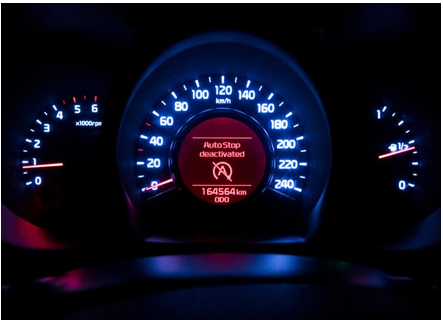
The speed(cruise) control deactivation switch is also known as the brake pressure switch. It is located above the master cylinder of the brake system, with a crucial role in turning off cruise control when the driver applies the brakes.
Ford became aware of a speed control deactivation switch that overheats in 2007 and initiated investigations following recurring reports of underhood fires in specific Ford models. Some affected models include F-series trucks, Ranger, Taurus, and others.
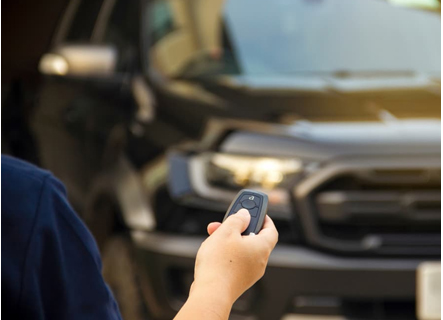
Consumers have registered complaints about a purported remote start failure on several Ford Models such as Edge, Escape, Explorer, Focus, Fusion, Expedition, etc. If you’re using the My FordMobile, Lincoln Way, or Ford Pass Mobile application, it allows you two attempts before it eventually fails.
After initiating a third remote start request, the vehicle failed to start and the message will be quickly displayed on the mobile app. According to an official manufacturer communication, the remote start counter is reset once you start driving the vehicle, allowing remote start prompts from the mobile app.
For your safety and that of the vehicle, the remote start may not work under the following conditions:
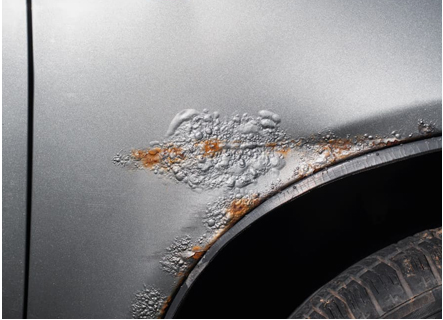
Although paint defects are rare, consumers have experienced the fault in some Ford models. Interestingly, Ford owners filed a lawsuit about the bubbling of vehicle paint. Although new Ford vehicles come with a 3-year paint(36,000 miles) warranty, the owners didn’t win the case.
The paint warranty couldn’t apply because the coverage only pertains to perforation. The contested peeling of aluminum didn’t perforate from corrosion, disqualifying the coverage.
Ford models, including the 2013-2015 Ford Explorer, Mustang, and Expedition, are known for problems with their aluminum panels, which cause flaking, blistering, and peeling of the vehicle paint job.
For instance, the 2015 Ford Expedition has body and paint problems – consumers who buy the model struggle with water leakage, paint cracking, bubbling and blistering, and aluminum corrosion.
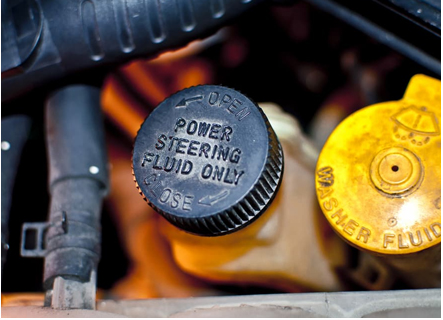
Ford recently issued a recall affecting 1.1 million vehicles because of a defect that caused a sudden loss of power steering. The recall targeted the 2011-2013 Ford Explorer linked with a loss of electric power steering assist during driving. Ford also issued a recall affecting 2008-2011 Ford Escapes and Mercury Mariners. According to Ford, the affected vehicles were installed with a faulty sensor that caused the power steering to malfunction, making it difficult to control the car.
On the other hand, a problem with a defective torque sensor in the steering column affected Escapes and Mariners, resulting in loss of electric power steering assist, which leads to failure while driving.
Below are a few registered NHTSA complaints:
Most automakers issue voluntary or compulsory recalls regularly to cure
defects on their models available in the market. Besides free warranty repairs, manufacturers provide an extended coverage period for the affected vehicle malfunction.
Here are Ford models with a significant number of recalls:
The Ford Motor Company has issued 11 recalls to repair different aspects of the vehicle.
Here are a few recalls affecting the 2013 Ford Explorer:
Call 833-536-5297 or fill out our simple online form to set up a consultation with the Lemon Law Lady in California
This model has been affected by 10 recalls seeking to cure defects affecting seats, seat belts, steering, service brakes, vehicle structure, and fuel system.
Here are the most significant recalls:
Ford Motor Company has issued 8 recalls affecting the 2020 Ford F-150 SuperCab model. The eight recalls affected the following components:
Windshield wiper failure is the most notable recall issued in April 2022,
affecting approximately 650,000 vehicle units. According to the recall notice, Ford recalled certain 2020-2021 F-150, 2020-2022 Super Duty F-250, F-350, F-450, F-550, and 2020-2021 Lincoln Navigator Vehicles.
The recall intended to address a defective windshield wiper that can reduce visibility in certain driving conditions, increasing the risk of accidents.
California Lemon Laws cover new and used vehicles with the manufacturer’s new warranty. More importantly, if the dealer or manufacturer can’t repair or fix a car after a reasonable number of repair attempts, the manufacturer should either:
Lemon law requires consumers who accidentally buy defective vehicles to report a persistent defect to a manufacturer before making a claim. The notice allows the manufacturer to fix the fault.
Even so, the manufacturer doesn’t have the luxury to delay, as the repair
efforts should be executed in due time; otherwise, the lemon law kicks in.
So, how long does a ‘’Reasonable Number’’ of repair attempts mean? Although there is no set number, California Lemon Law Presumption has
established guidelines that determine when a manufacturer has met a
‘’reasonable number of repair attempts.’’
Below are the guidelines:
It’s important to note that California Lemon Law Presumption is a guide to ease decision-making in case of a dispute. The dispute arises when a manufacturer claims a defect warrants additional repair attempts. A consumer must prove their claim deserves a few repair attempts through a lemon law attorney.
Ultimately, whether a manufacturer has met a ‘’reasonable number of attempts’’ lies with an arbitrator or judge.